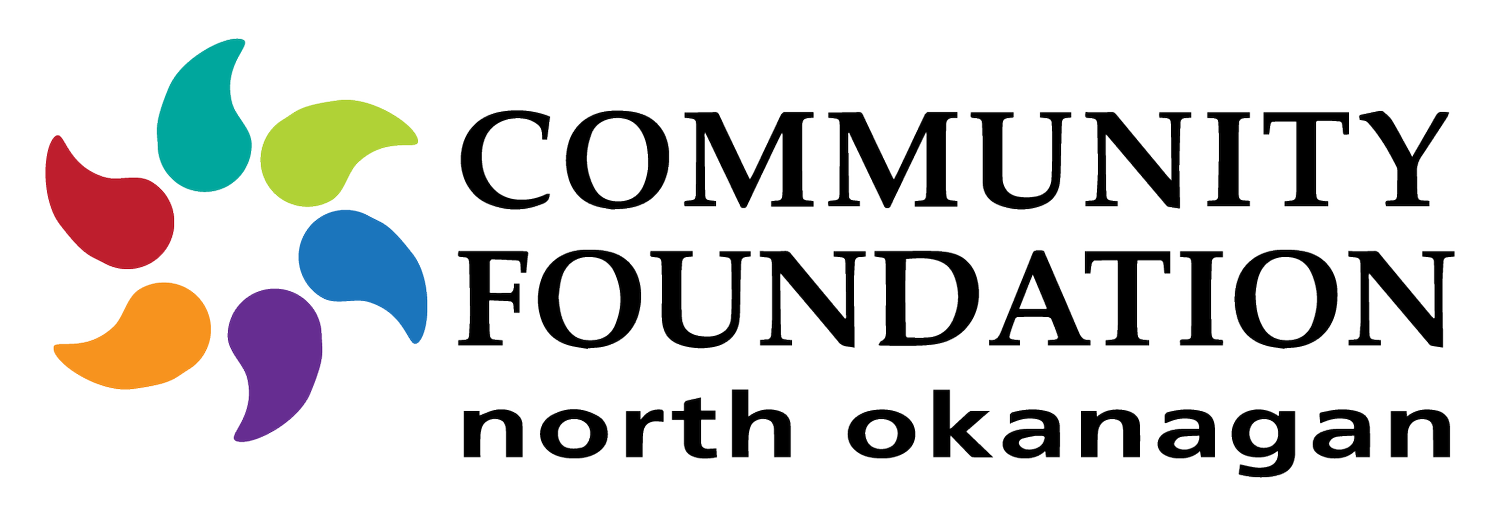Vital Signs reports explore what it's like living in the Okanagan
Vital Signs 2023
Examining the strengths, challenges and needs across the Okanagan Valley.
Together the Community Foundation North Okanagan (CFNO), Central Okanagan Foundation (COF), and Community Foundation of the South Okanagan Similkameen (CFSOS) are releasing three Vital Signs reports that examine the strengths, challenges and needs across the Okanagan Valley.
The three reports take a closer look at their respective smaller communities making up the North Okanagan, the Central Okanagan and the South Okanagan Similkameen –while making comparisons to the entire Okanagan and the province of British Columbia. These reports show us where we are falling short in providing for our most vulnerable citizens and offer a platform of data and trends to examine for future solutions.
The Vital Signs reports aim to provide a focus for conversations with residents, businesses, community organizations, universities and colleges, and government leaders to take action and direct resources where they will have the greatest impact. In the coming year, each community foundation will be holding “Community Conversations” events/gatherings in their respective communities, to facilitate local discussions and use ideas to guide their own service delivery, program planning, or funding decisions.
Some key findings from the 2023 Vital Signs reports are:
Rapidly rising food costs, interest rates, and rental rates are leaving residents feeling squeezed. Food banks in the Okanagan region report clients increasing by well over 30% between 2021 and 2022, and no relief is on the horizon.
Home prices have increased 10-15% across the Okanagan since 2022. Home prices and assessed values continue to rise, making homeownership more difficult for first-time buyers.
The occurrences of violent crime have dramatically increased across the Okanagan; sexual assaults are also being reported at a higher rate in each region.
Across the Okanagan, the rate of toxic drug poisoning deaths was 46.9 per 100,000 in 2022, compared to 44.0 across British Columbia.
There are currently 2,203 farms operating in the Okanagan - 40% of these farm operators are female, and half of the operators are 60 years of age or older.
There are 224,688 hectares of Agricultural Land Reserve (ALR) within the entire Okanagan, a decrease of 16.4 hectares between 2021 and 2022.
“The issues that seemed pressing after the COVID-19 pandemic had begun in 2020, including affordable housing, income inequality, a changing climate, and community safety, now feel intractable. The enormity of the intervention needed is overwhelming. Yet our strength lies in our togetherness. Our problems cease to be intractable when we’re working together towards something we care about. We invite you to join us in moving from a shared understanding to collective action.” A joint statement from Aaron McRann, Executive Director of CFSOS, Kristine Bugayong, Executive Director of COF, and Leanne Hammond, Executive Director of CFNO.
We proudly participate in the national Vital Signs program because we want residents of the Okanagan to connect over a shared understanding of the trends and changes affecting the quality of life in our region. Programs such as Vital Signs, with its local data and community-driven knowledge, help us make bolder and better decisions that ensure everyone has the support and opportunity to flourish in the Okanagan.
To read your local Vital Signs report, go to:
This story was also featured here:
https://www.castanet.net/news/Think-Local/459706/Vital-Signs-reports-explore-what-it-s-like-living-in-the-Okanagan#459706
https://okanaganedge.net/2023/11/30/78474/

